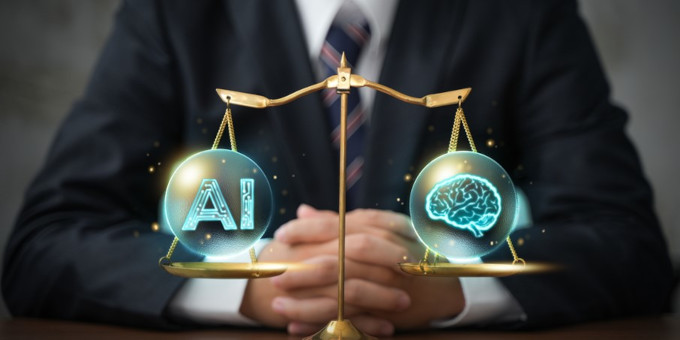The future of generative AI in legal tech: Opportunities and obstacles
Strategically implementing generative AI can empower legal professionals to improve workflows and performance.

Generative AI holds incredible potential and there is no doubt that these algorithms will transform the legal field. Strategically implementing generative AI can empower legal professionals to improve workflows and performance.
Legal professionals can’t rush headfirst into the technology, nor can they ignore it altogether. Lawyers must conscientiously evaluate GenAI and its role in their practice.
So, how do we maximize value and minimize risk?
Streamlining Workflows
Legal practice requires significant paperwork, but most lawyers didn’t enter the field with the dream of pushing papers. Attorneys want impactful work. AI gives them that opportunity. Combining GenAI with rule-based algorithms and other mature tools lightens their workloads.
Contract review presents a golden opportunity for improved workflows. Currently, teams must review every contract regardless of the document’s risk. Lawyers spend significant time on standard non-disclosures when they could be scrutinizing more risky documents like a merger and acquisition deal. This manual review process is an inefficient use of lawyers’ valuable skills.
AI can read and redline those same documents thoroughly in a fraction of the time, freeing lawyers to tackle more complex and meaningful tasks. When trained on a company’s legal playbook, the software can flag and replace incongruent or unacceptable clauses with company-standard language.
These capabilities are becoming more advanced with the addition of generative AI. The new technology can draft situation-specific clauses or contracts that align with companies’ preferred positions. Rather than having a lawyer review past documents to find appropriate language and write a new clause, a legal AI solution applies business or client-specific knowledge to create a conforming provision.
However, the generated redline still requires cross-referencing and confirmation. Legal teams can apply rule-based AI to automatically review and adjust generative AI’s proposed language. Combining these technologies results in AI tools that right-source the lower-value tasks and leave the higher-value responsibilities to the lawyers.
The right AI tech stack can improve risk management, accelerate negotiations, increase sales velocity and provide more satisfying work for legal teams.
Training
Outside of the workflow implications, generative AI may build an entirely new model for training lawyers. Traditionally, lawyers learn from other lawyers, but technology provides an additional teacher.
New lawyers can access a centralized database of institutional knowledge and best practices, simplifying studying and referencing. They can use this information to draft legal content, and an algorithm will check it against the company playbook to provide personalized feedback. This practice accelerates learning and requires less time from more experienced lawyers.
Generative AI can simulate client interactions, allowing lawyers of all levels to practice in a controlled situation. For example, lawyers can test negotiation strategies and receive human-like responses to determine the best approach. This capability provides experience and supports creativity by letting legal teams try things they might not in the real world.
Implementation Considerations
Despite GenAI’s exciting potential for the legal field, the technology has not reached maturity. We are witnessing generative AI’s journey through the Hype Cycle. It’s entered the Trough of Disillusionment, where we learn the technology’s limitations.
Studies have found deteriorated ChatGPT performance, with users complaining about the growing frequency of inaccurate answers and loss of logic. Even OpenAI admits flaws exist.
These revelations should not deter us from exploring AI’s use in the legal profession.
Many companies are adding new AI capabilities to their products, but not all tools will work effectively (or align with strict compliance requirements) in a legal setting. Here are some considerations when evaluating tools:
Algorithm specificity
Appraise a tool’s algorithm before adopting it. Some products may just be an interface for a general algorithm, which won’t satisfy legal teams’ needs. Large language models (LLMs) trained on wide-ranging datasets don’t have the functionality necessary for lawyers. These algorithms operate on commonalities, not specifics critical in legal documents. For example, “damages” is a common word with a specific legal meaning. Lawyers benefit more from LLMs trained on legal documents.
Privacy
Legal teams deal with sensitive and confidential information. AI tools used for legal practice must be designed with privacy in mind. Many are black boxes, making it hard to understand what data is used and how. You need to know:
- Where did the data come from?
- Who has access to the data?
- How does the algorithm use the data?
- Could confidential information be included in generated content?
Without these answers, you could put your clients’ data at risk.
Workflow
A useful AI tool will fit into the workflow. Ask yourself, ”Does this solution add more steps to a process?” If yes, it may not be the right fit for your team. You need something that integrates with your existing tools, creating additional efficiency and broader adoption.


